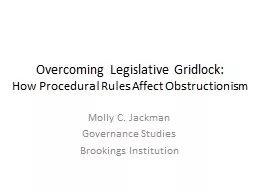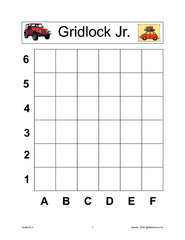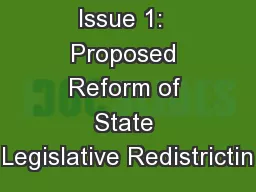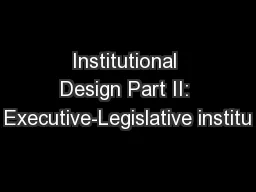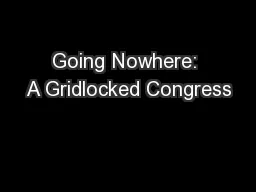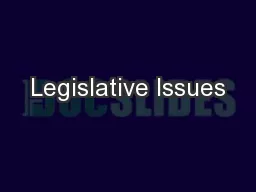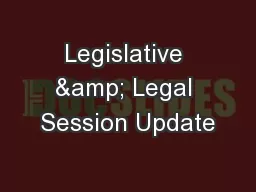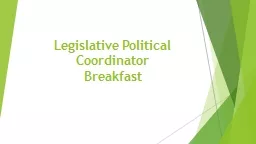PPT-Overcoming Legislative Gridlock:
Author : tatiana-dople | Published Date : 2018-11-02
How Procedural Rules Affect Obstructionism Molly C Jackman Governance Studies Brookings Institution Obama and gun c ontrol Acceptance speech 2008 Dont tell me
Presentation Embed Code
Download Presentation
Download Presentation The PPT/PDF document "Overcoming Legislative Gridlock:" is the property of its rightful owner. Permission is granted to download and print the materials on this website for personal, non-commercial use only, and to display it on your personal computer provided you do not modify the materials and that you retain all copyright notices contained in the materials. By downloading content from our website, you accept the terms of this agreement.
Overcoming Legislative Gridlock:: Transcript
Download Rules Of Document
"Overcoming Legislative Gridlock:"The content belongs to its owner. You may download and print it for personal use, without modification, and keep all copyright notices. By downloading, you agree to these terms.
Related Documents

